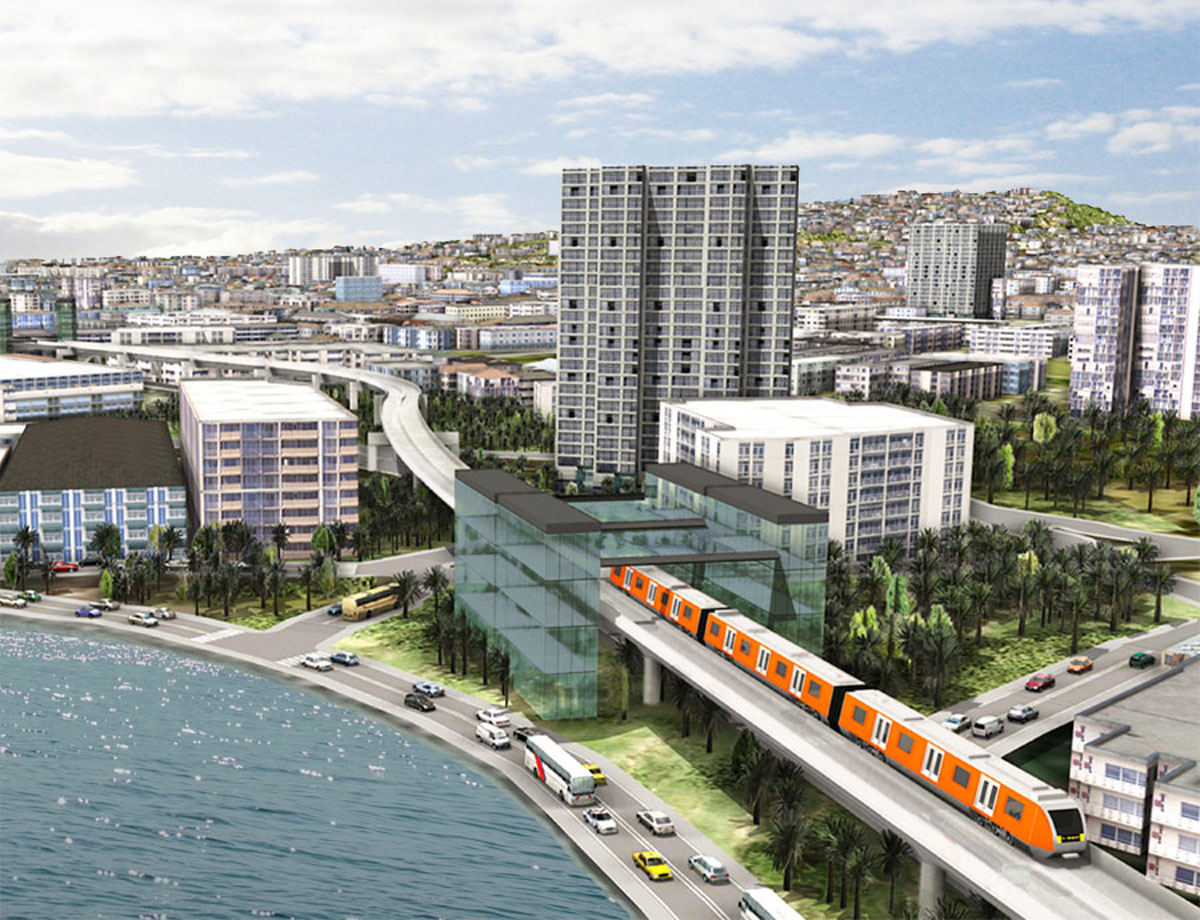
- Cityengine street creation pro#
- Cityengine street creation software#
- Cityengine street creation trial#
In reality, the site of Pompeii was not completely flat - unfortunately we did not have access to a DTM. CityEngine uses rules to generate streets from street centerlines.
In the provided model the terrain is flat. Our objective has been to streamline the creation of visuals that communicate. These two models have also been generated with CityEngine. The temple of Jupiter and the forum are the only monuments provided. Cityengine street creation pro#
no surviving structures are included in the model. Core urban environment: People, cars, street furniture, etc.-Multi-LOD version-Custom colors for parts of model Available as -3D styles in ArcGIS Pro (1. In the so-called immediate mode, complex and highly. The CityEngine 2009 introduces interactive editing tools allowing for intuitive building geometry manipulation.
Cityengine street creation trial#
A trial version of the new CityEngine 2009 can be downloaded here. The highlights are described in detail below.
Cityengine street creation software#
Besides the temple of Jupiter, the building geometries on top of the footprint are not based on excavation data i.e. Procedural updates its city creation software to CityEngine 2009. This course introduces the CityEngine procedural modelling workflow and best practices to create compelling 3D cities that can be used to visualise urban landscapes, explore impacts of proposed development, generate virtual city. We solved this issue by assigning each footprint a unique building ID. Esri CityEngine software uses a rule-based approach to help you efficiently produce highly realistic 3D models. In the archaeological data we used it is often unclear how one building can be defined: on the one hand a building may consist just of one room, on the other hand, large villa structures may span a whole street block. Note that the areas which are not excavated yet are also provided. For the rest of the model only the street blocks. CityEngine 2020.1 also includes improvements to splitting and snapping to shapes and a better drawing experience. This product is available to Harvard Affiliates only. Also, the Push Pull tool now has a toggle key to enable and disable snapping. Esri CityEngine is a stand-alone software product that provides professional users in architecture, urban planning, entertainment, simulation, GIS, and general 3D content production with a unique conceptual design and modeling solution for the efficient creation of 3D cities and buildings. 
the subdivision into building lots has been generated procedurally. Model creation approximation to reality: The footprints of section 6 are based on archaeological input data. Courtyard creation to allow you to model holes or negative space, in your polygons. The Offset Shapes and the Polygonal Street Creation tools allow you to apply numeric values to set distances.

For the rest of the model only the street blocks are based on real surviving/excavation data i.e. They can be generated with the street grow feature, created in CityEngine, or imported via an external file, such as DXF.

The footprints of section 6 are based on archaeological input data. CityEngine street networks are attributed graphs, consisting of graph nodes (crossings) and graph edges (street segments).







 0 kommentar(er)
0 kommentar(er)
